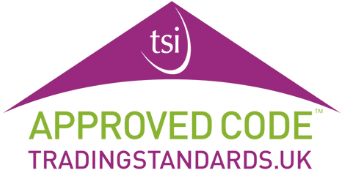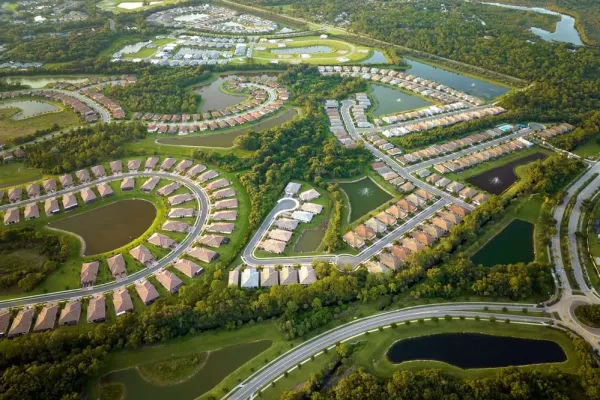Laing Easiform houses are a type of construction that was first used by John Laing construction company in 1919. They were favoured by councils at the time as a quick and cheap way to build houses, meaning a large number could be constructed in a short period of time. Laing Easiform presented a solution to the housing shortage during and after the wars. Tens of thousands of Laing Easiform homes were built across the UK in a 40-50 year period in the twentieth century.
Now, questions have begun to arise around Laing Easiform homes, notably about their durability and ongoing issues that have occurred with the construction over time.
How were Laing Easiform houses constructed?
Laing Easiform homes were fully constructed in situ, which helped to account for their build speed. There are various types of Laing Easiform home, but all followed a similar construction. It would begin by laying a solid slab foundation with a mastic asphalt floor covering to damp-proof. Once the floor was dry, metal shuttering would be constructed to act as a mould for the walls. Concrete would be poured into the moulds and reinforced with bars. The metal shuttering would then be removed once the concrete had set, and the walls were in place. The roof would then be added to complete the main construction.
This type of construction could be used for a variety of property types, including houses, flats, and maisonettes. Three main types of Easiform were developed over the 20th century and used for two-storey homes.
The earliest version of Easiform homes were built between 1919 and 1928. They’re rarely found nowadays. They were built with 8-inch solid concrete walls. The concrete was known as ‘no-fine- as it used no fine sand. Around 2,100 of these houses were built using this method.
The next form of Easiform homes were built during around 1925 to 1945. They had a cavity separating the inner and outer walls. The other wall was three inches thick with a two-inch cavity. The home was usually finished with pebble-dashing.
The last version of Easiform homes is the most common and these were built after 1945. External walls were thickened to three and a half inches, with the two-inch cavity being kept. Additional steel rods encased in concrete provided extra strength above and below windows
For three- and four-storey homes, various methods and processes were used. They would usually follow the third system of construction but would have extra strengthening methods, such as thicker-load bearing walls, to account for the increased capacity.
What is the lifespan of a Laing Easiform house?
Laing Easiform homes were designed to have a similar lifespan as brick-built homes. They are generally seen as durable and long-lasting. However, these homes are now 50+ years old and due to some of the construction methods used at the time, some Easiform properties have begun to show issues and deterioration.
What problems are associated with Laing Easiform homes?
One common problem seen in Laing Easiform homes is that the steel bars used to reinforce the walls can corrode. This can be identified by horizontal cracks along the walls and the reinforcement lines. It is usually possible to fix the issue, however, if the cracking is too severe it may not be cost-effective to repair.
Another common problem with Laing Easiform homes, as well as other types of property constructed before the 21st century, is asbestos. In Laing Easiform homes, asbestos was typically used to construct the soffits, which may have then been covered with UPVC in more recent years. Loft hatches, under-stairs cupboards, and kitchen floor tiles could also all contain asbestos.
Laing Easiform homes were typically not insulated. The cavity was constructed but it contains no insulation material. This means that Laing Easiform homes can be colder and cost more to heat up in the winter months. However, it is usually possible to add in insulation to rectify this issue.
Can I get a mortgage on Laing Easiform homes?
In the Housing Act 1985, which set out a list of defective property types, Laing Easiform homes were deemed not defective. As such, they are generally mortgageable by major lenders.
The problem comes from the fact that Laing Easiform homes were built using non-traditional construction methods. Typically, these types of houses are not mortgageable, with Laing Easiform being the exception. As time goes on and more defects in Laing Easiform homes arise, their status may change.
How easy is it to sell a Laing Easiform home?
It is possible to sell Laing Easiform properties because they are currently mortgageable. This means the home can be available to a larger pool of buyers. However, because they are built with non-traditional construction and because many have the issues mentioned above, buyers can be hesitant to purchase a Laing Easiform. This can mean that it takes longer to sell this type of property.
SOLD.CO.UK is an expert online estate agent. We can sell any type of property in any type of condition, including Laing Easiform homes. Get started with a free house valuation and get your property sold with a fully managed and completely free sales process.
















